It is in Israel’s interest that Assad regain control of northwestern Syria. Aside from improving the economic situation in Syria, this may increase Israeli leverage in the campaign against Iran’s military entrenchment.
Since early 2019, the area of northwestern Syria has been looking relatively stable. This situation, despite limited military operations, has created fertile ground for the development of a new generation of global jihadists, and an excuse for the Iranians and their proxies to maintain a presence in Syria. The success of the planned Syrian-Russian military operation in the region could significantly reduce the threat of terrorism from the area and reduce the need for Iranian assistance to the Assad regime, which is the main Israeli interest when it comes to Syria.
For years, the area of Idlib and western Aleppo in northwestern Syria has been ruled by a multitude of armed, extremist Sunni groups. Over the past year, Hay’at Tahrir al-Sham (HTS), the latest incarnation of Jabhat al-Nusra (originally the Syrian arm of al-Qaeda), has succeeded in bringing in additional armed groups, especially those with a similar Salafist-jihadist ideology, militants from the areas reoccupied by the Syrian army, and even ISIS members who managed to escape from Raqqa through the area controlled by Turkey and its proxies from northern Aleppo to western Aleppo and Idlib. This alliance, which includes Syrian fighters as well as thousands of other militants, mainly from Central Asia (Uyghurs, Uzbeks, Tajiks and others), succeeded in taking over most of this region during January 2019, with the help of the Huras al-Din group, which continues, unlike HTS, to swear allegiance to al-Qaeda.
Since then, the extremist Islamist conglomerate has managed to establish control not limited to the use of force alone, but over all areas of life in this region. The new administration also concerns itself with education, with the goal of training the next generations of Salafi-jihadist activists. Moreover, for years, radical Islamist operatives in the area have been cleansing it of members of other religions through exile, violent oppression and forced conversion. It is no wonder that many refer to Syria’s northwest region as the world’s largest incubator of terrorism.
The limited operation led by the Syrian army last summer, under Russian air cover, was not intended to regain control of the entire area. Its objectives were limited to the takeover of the northern Hama province, especially the area of Khan Sheikhun, with the aim of protecting the Russian air base Khmeimim as well as the (mainly Christian) communities of northern Hama from rocket fire. Because of the limited nature of the operation, it did not encounter significant resistance from the international community, although there were those in the US administration who, in coordination with Turkey, attempted to thwart it and even claimed that due to their efforts, much broader action aimed at taking over the entire area was avoided. These US statements were an expression of the view that preserving the status quo in the area would give Washington additional leverage over the Russians and Syrians to force political and diplomatic concessions in the political settlement process in Syria.
Currently, the Syrians and Russians appear to be turning their attention back to this area with the aim of carrying out further military intervention. This operation is also likely to be limited in scope, with its objective being the regaining of control over other small areas in the region, such as additional sections of the M5 highway that connects all of Syria’s major cities (from Daraa in the south to Aleppo in the north) or the Sahel al-Ghab area, in order to keep the armed groups even further away from Khmeimim.
The measures taken by the Russia-Syria alliance in the area are ultimately helping the war against the radical elements and bringing the war in Syria closer to an end. It should be acknowledged that they are likely to promote long-term regional stability. As mentioned, in recent years, northwestern Syria has become the Arab world’s largest breeding ground for global jihadism. The latest proof of this is the fact that ISIS leader Abu Bakr al-Baghdadi found his longtime refuge here (having arrived through the area of northern Aleppo, which is under the control of Turkey and its proxy forces). The only players with the ability and the will to destroy this hotbed of terrorism are Syria and Russia. The US and the West have not shown a willingness to take military action to advance this goal – on the contrary. The quicker this action can be carried out, the greater its intensity, and the less significant the international opposition, the easier it will be to create the conditions for greater stability in Syria. And the greater the stability in Syria, the less need there will be for the presence of foreign elements, particularly Iran and its allies. Furthermore, the removal of terrorist elements from the area is likely to reduce the risk of these militants trickling into other countries of the region with the aim of destabilizing them.
Turkey is likely to pose the strongest objection to Syrian and Russian action, mainly because of the Turkish interest in preventing a wave of refugees from entering its territory, the infiltration of terrorists, and damage to the region that has become critical for Turkey to maintain its status in the Syrian political settlement process. This area is a hub of military activity for Turkey and its armed proxies, along with northern Aleppo (the Afrin-Jerabels area) and the area between northern Rakka and northern al-Hasaka (Tel Abyad-Ras al-Ayn). In order to preserve the status quo, Turkey has repeatedly pledged to Russia that it will work to maintain a ceasefire between the armed groups in northwestern Syria and the Syrian army, and even promised to dismantle the most extreme groups, such as HTS. To this end, Turkey, with Russia’s agreement, has established several monitoring points in the Idlib province. Even so, Turkey has failed to prevent high-trajectory fire from these radical elements into areas controlled by the Syrian regime, and there has been no resolute attempt on its part to dismantle the extremist armed groups who now control more than 80% of the region.
At the same time, if the US continues to insist on refraining from taking any military action against those who provided refuge to dangerous terrorists such as Abu Bakr al-Baghdadi, it is in fact contributing both directly and indirectly to the further development of northwestern Syria as a hotbed of radical jihadism. Moreover, northwestern Syria will continue to be fertile ground for radical and subversive activities that will attract extremist organizations such as Hamas, which began its involvement in the area as early as 2012. Therefore, the clear Israeli interest is that Syria and Russia’s military operation take place as quickly and efficiently as possible.
One of the concerns regarding any Syrian-Russian action is the risk of civilian casualties and collateral damage. The international media reiterates the mantra about the huge numbers of civilians in northwestern Syria that could be hurt by a military operation by the Assad regime, with reports ranging from two million to over three million. This is a good opportunity to recall similar instances from the war in Syria. During the Syrian takeover of eastern Aleppo, the apocalyptic reports in the international media started at half a million civilians, then dropped to 300,000, and in the end it became clear that the population was around 100,000, the vast majority of which were unharmed by the military operation. Similarly, last year, when the Syrian army took control of al-Ghouta al-Sharqiya in northeastern Damascus, the same media reported a massacre of more than half a million residents. At the end of the operation, it turned out that not only was there no mass slaughter, but that the civilian population numbered no more than a few tens of thousands. It may be that in the case of northwestern Syria as well, the reports do not represent the truth on the ground but are intended instead to shape international public opinion and thereby influence what happens in the region. It is also important to point out that the Russian army has set up several land crossings to be used by the local population to move to quieter areas. At this stage, HTS and its supporters are doing their utmost to prevent civilians who wish to move to areas controlled by the Syrian regime from doing so, so that the civilian population can serve as a protective buffer that will prevent them from being harmed.
The battle for northwestern Syria is not a local campaign without any regional implications. It is a campaign that is ultimately intended to strengthen the central government in Damascus. Achieving this goal, in addition to significantly relieving Syria’s regional and economic isolation, may provide Israel with the leverage it needs to step up its campaign against Iran’s military entrenchment. In this situation, after nearly a decade of a war of survival, the price of a loss to Damascus will be significantly higher than it is now. Moreover, military action in northwestern Syria should deal thoroughly with the breeding ground for terrorism the area has become – something that is likely to contribute to the long-term stability of the region.
JISS Policy Papers are published through the generosity of the Greg Rosshandler Family.
photo: [Hayat Tahrir al-Sham [Public domain

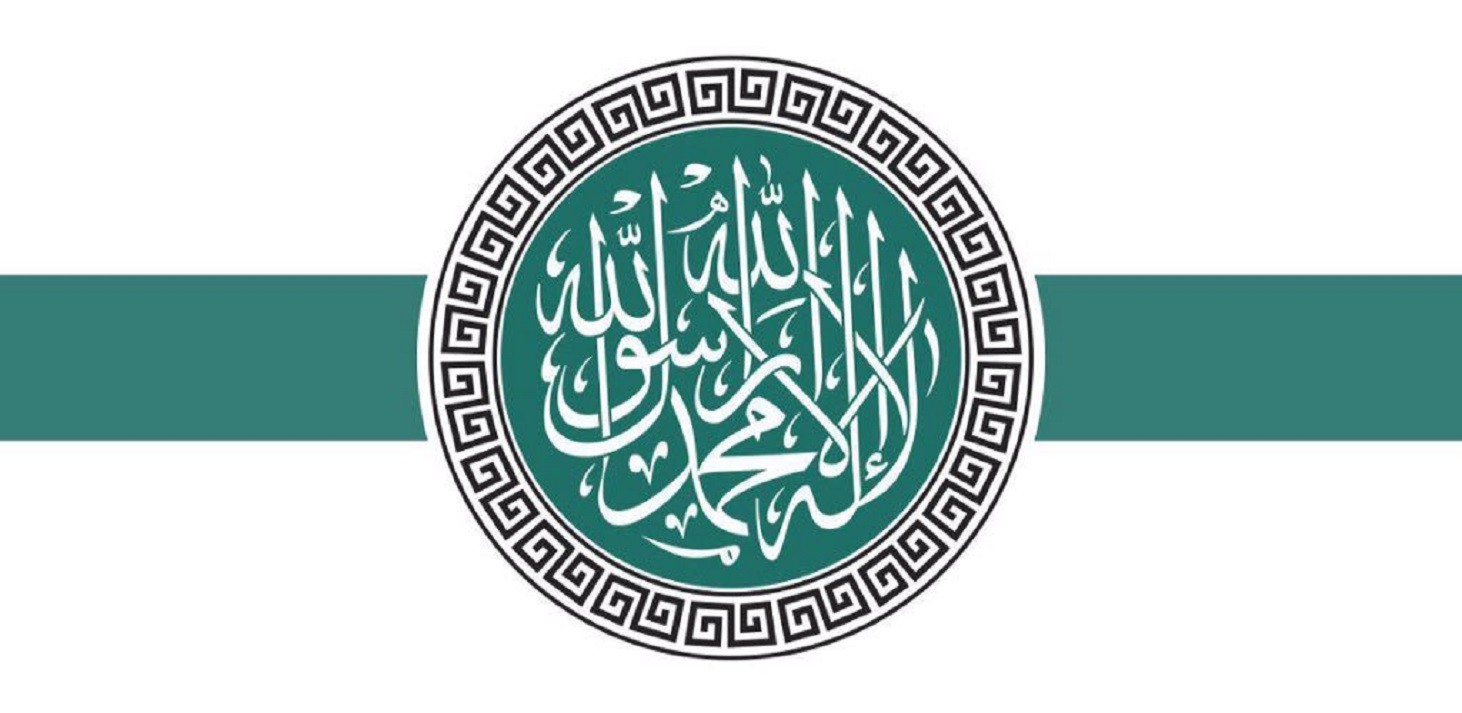
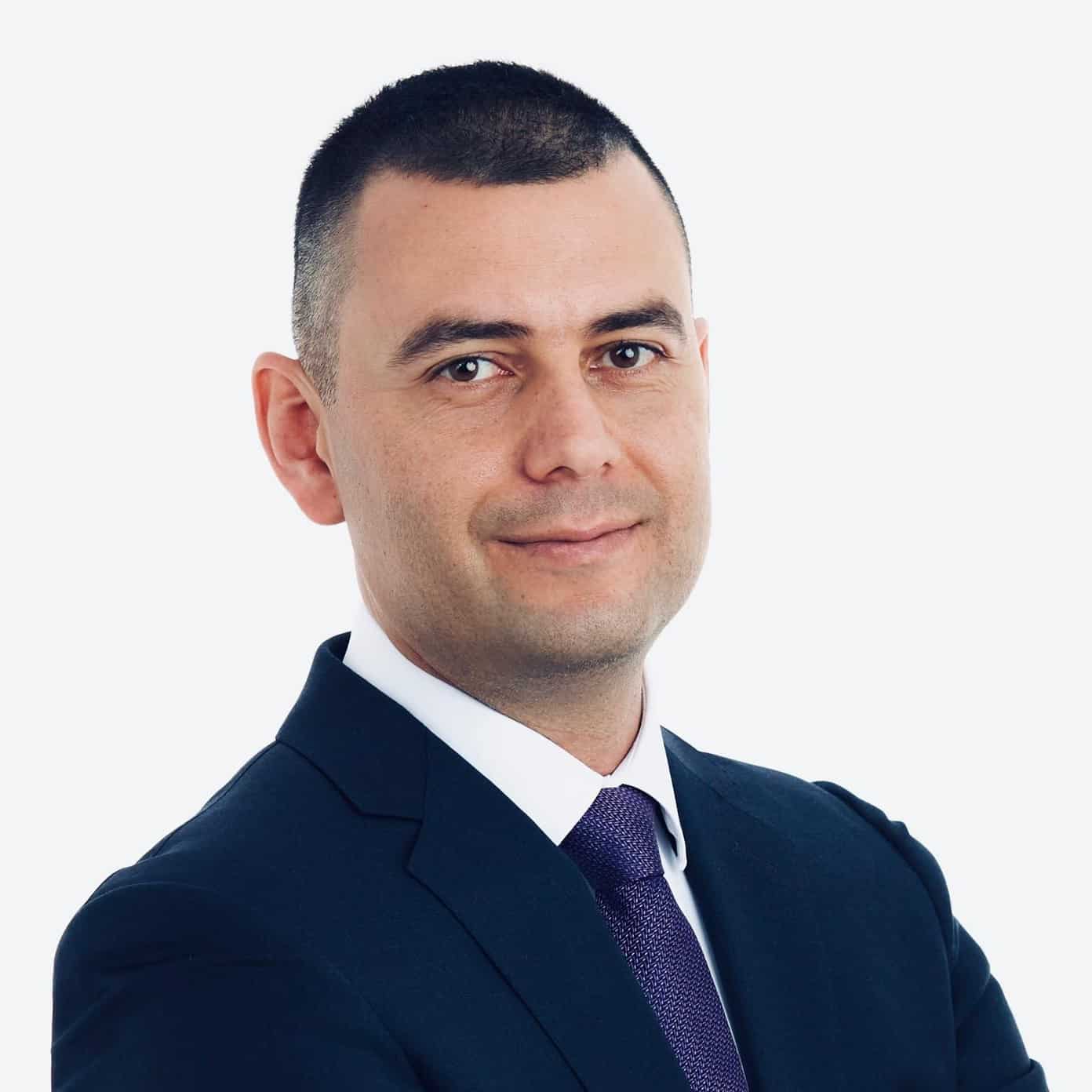
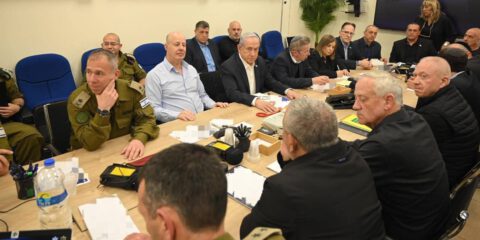

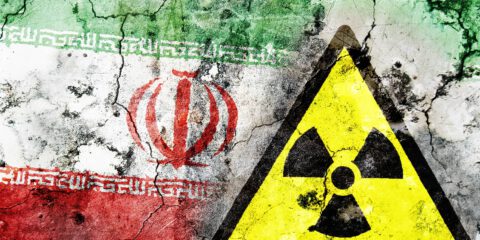
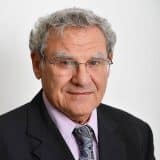
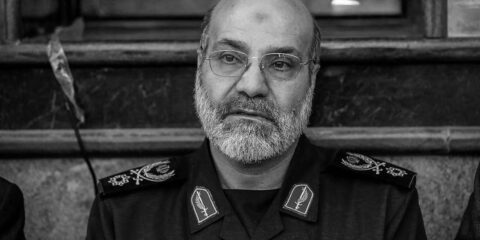
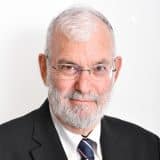
 - בניית אתרים
- בניית אתרים